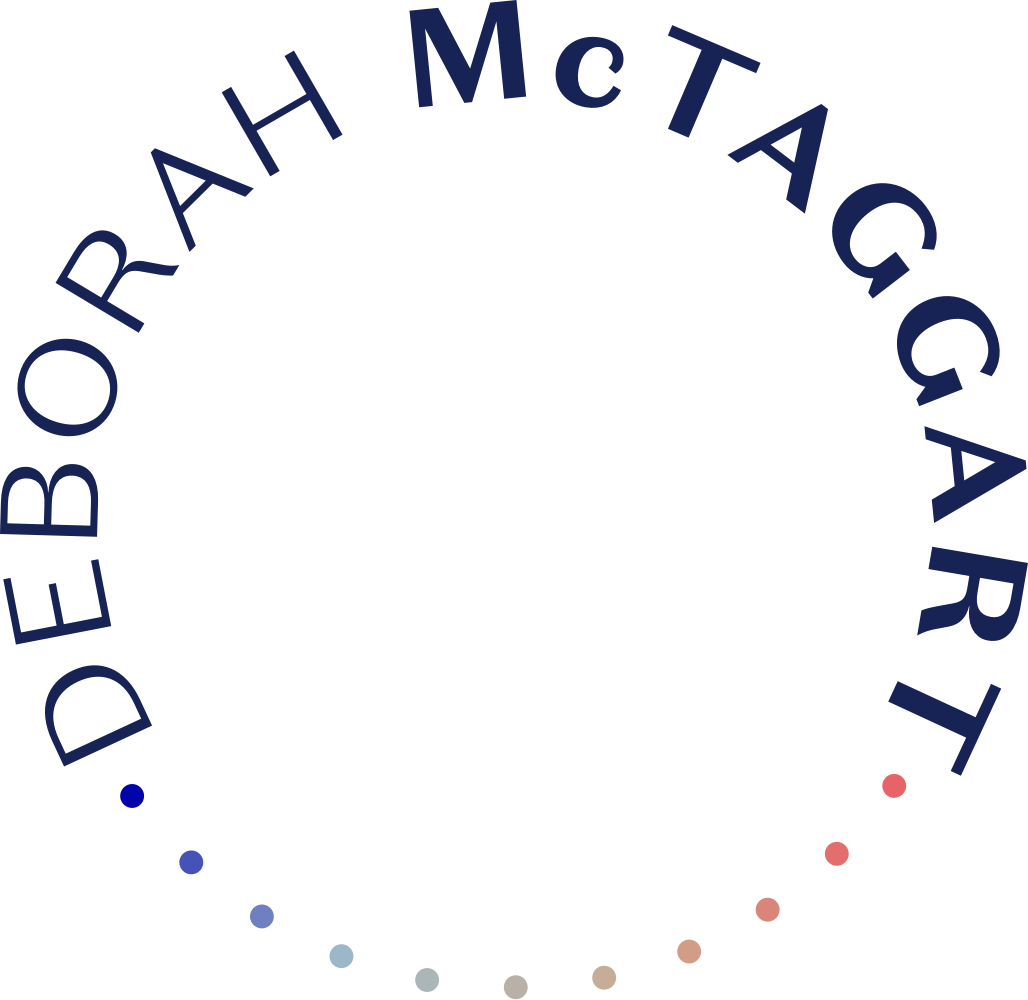Let's talk about Gluten .. here's a few basic facts.
Confused about Gluten? Here’s a few basic facts.
When Jennifer Lawrence branded Gwyneth Paltrow's beloved gluten-free diet 'the new cool eating disorder', she angered a few of the Gluten-Free groups. Sadly celiac disease is the most common life long disorder in both the US and Europe. Research is suggesting gluten sensitivity is far more common that we think.
Gluten is the protein fraction of most cereals, including wheat, barley and rye. Gluten has a very high content of the amino acid glutamine (30%) and proline (15%). By virtue of its high glutamine content, gluten is rich in nitrogen, an essential factor for seed germination. This high glutamine content in gluten makes it hard for the human system to digest. The high proline content renders gluten highly resistant to degradation by gastrointestinal enzymes, making it possible for large substances to initiate an immune response in the gut.
Modern wheat varieties contain three complete genomes encoding gliadins and glutenins, and up to 100 different gluten proteins may be present in a single wheat variety. 50% of people have a gliadin reaction, which can be tested on a saliva test. However if you’re reacting to other glutinnens, then you will need a blood panel to detect this.
If you are diagnosed as an adult with Celiacs, then you have been suffering this for decades. Research is suggesting, Gluten sensitivity can trigger other autoimmune disorders without going down the celiac disease pathway. The actual diagnosis of Celiacs Disease is when you have total villus atrophy (when the gut villi have worn completely down). This is actually the last stage of Celiacs, and the only point which the standard test looks for. The whole degradation starts with inflammation (fire in the belly), then swelling followed by partial atrophy of the villi. It’s not enough to just switch to a gluten free diet. Instead working with a health practitioner, you need to be very comprehensive in dealing with inflammation and healing a leaky gut.
Oats when grown straight from the ground do not contain gluten. However, on the shelf they will have toxic gluten in them unless you purchase a company who has kept their manufacturing process ‘gluten free’. All grains contain gluten but it’s the toxic glutens in wheat, barley and rye (and grains processed for market in the same factory) that are the problem. You do not need to avoid rice on a gluten free diet. However evidence suggests that it’s not a bad idea to go grain free if healing the gut, as this ultimately reduces your carbohydrate load calming the digestive system.
Alternate grains are buckwheat, amaranth and quinoa. One of the difficulties of reducing grains is the sense of deprivation with people reaching for sugar as a comfort food. It’s crucial to come up with comprehensive eating options that suit your style with an emphasis on quality proteins, fruits and vegetables.
Deborah McTaggart is a registered nutritionist practising in Barnes, South West London, and global via Zoom. She works with corporate nutrition and individuals on healthy eating, with a special interest in Men's Health, Shift Work Health, Travel Health and Avoiding Jet Lag. Contact me here for further information on nutrition plans.
